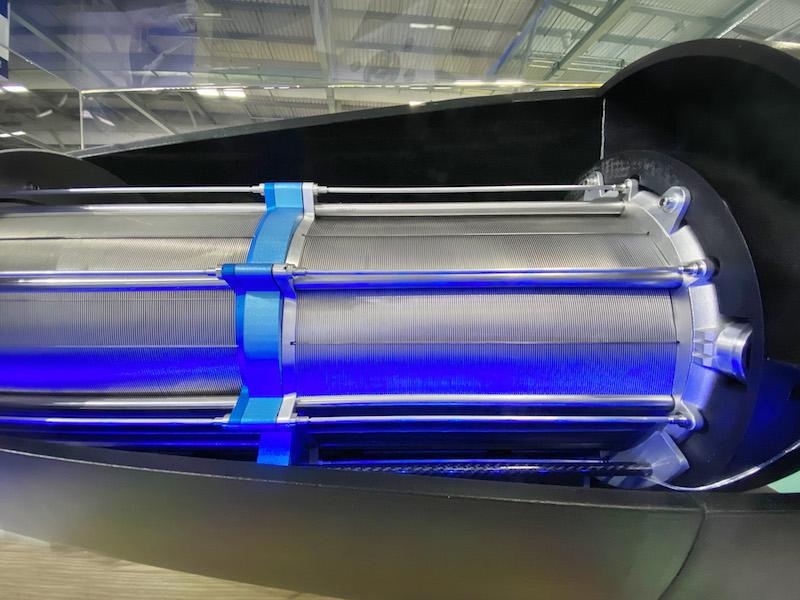
DUBAI—Propulsion and thermal management developer Reaction Engines is expanding existing ties with aircraft hydrogen fuel-cell system developer Cranfield Aerospace Solutions (CAeS) to explore additional aerospace applications for their respective zero-emission propulsion technologies.
The two companies, which signed a memorandum of understanding at the Dubai Airshow, are already working together under the UK government’s Aerospace Technology Institute (ATI)-funded Project Fresson. Launched in 2019, the project is focused on the modification of a piston-powered Britten-Norman BN-2 Islander into a zero-emissions, hydrogen fuel-cell aircraft demonstrator for certification in 2026.
Both UK-based CAeS and UK-U.S.-based Reaction have also received backing from the United Arab Emirates Strategic Development Fund and “are benefiting from SDF’s active support in developing commercial applications for their technologies,” the companies say in a joint statement.
Reaction is developing a heat exchanger for the fuel-cell propulsion system based on its micro-tube pre-cooler technology. Originally targeted at an engine concept for space access, the pre-cooler work has since pivoted to ground and air applications ranging from racing cars to hypersonic vehicles, such as the UK’s hypersonic HVX demonstrator unveiled at the 2022 Farnborough Airshow.
For HVX, Reaction is partnering with Rolls-Royce, the Royal Air Force’s Rapid Capabilities Office, the UK Government’s Defence Science and Technology Laboratory and the UK’s National Security Strategic Investment Fund to develop and fly an uncrewed hypersonic prototype.
While continuing work under Fresson, CAeS and Britten-Norman have meanwhile delayed merger plans and are instead negotiating a strategic partnership to develop a hydrogen-electric-powered version of the BN-2. The two companies announced the proposed merger in April and hoped to complete the union by mid-year. However, CAeS says “the previous timetable to deliver this merger in the summer of 2023 has now been paused.”
Under the original merger plan CAeS and Britten-Norman were studying the development of a family of larger hydrogen-electric aircraft based on Islander derivatives.
